Cardiapoda richardi
Roger R. SeapyIntroduction
Cardiapoda richardi is distinguished from C. placenta by the following: small adult body size (to about 30 mm); eight gills located at the entrance to the mantle cavity; lens of the eye rests in a depression in a black base of hemispherical shape; fin sucker present only in males; tail with a low dorsal crest, a retractable, brown membranous structure on the mid-ventral surface, and a reddish-brown, filamentous tail extension.
Brief Diagnosis
A species of Cardiapoda with:
- Eight gills located at the entrance to the mantle cavity
- Lens of eye rests in a depression in a solid black base of hemispherical shape
- Fin sucker only in males
- Tail with a low dorsal crest
- Ventral surface of tail with a retractable, brown membranous structure
- Tail termines in a reddish-brown, filamentous extension
Characteristics
- Body morphology
- Eight gills located at entrance to mantle cavity
- Tentacles elongate and of equal length
- Numerous, small white spots cover the body. In side profile the spots appear elevated, like very low tubercles (click on the photo below for enlarged view). Each spot appears to consist of a cluster of minute, white specks.
- Lens of eye rests in a cup-like depression in a large, pigmented base
- Tail with a low dorsal crest, a brown membranous structure (see first title illustration) that can be retracted into an elongate mid-ventral groove (see below), and a terminal reddish-brown, filamentous extension that is highly contractile (compare the length of the tail extension in the two title illustrations).
- Shell
- Adult shell not characterized in the literature, but presumably similar to that of C. placenta (see C. placenta page)
- Larval shell globular, consisting of 3.25 whorls at the time of metamorphosis (Seapy, unpubl.). Spire whorls smooth except for a pair of elevated spiral ridges on the second whorl. Umbilicus open, with about 13 elevated, radiating striae on wall. Aperture wide, slightly greater than 1/2 shell diameter
- Adult shell not characterized in the literature, but presumably similar to that of C. placenta (see C. placenta page)
References
Lalli, C. M. and R. W. Gilmer. 1989. Pelagic snails. The biology of holoplanktonic gastropod snails. Stanford: Stanford University Press. 259 pp.
Richter, G. and R. R. Seapy. 1999. Heteropoda, pp. 621-647. In: D. Boltovskoy (ed.), South Atlantic Zooplankton. Leiden: Backhuys Publ.
Seapy, R. R. and C. Thiriot-Quievreux. 1994. Veliger larvae of Carinariidae (Mollusca: Heteropoda) from Hawaiian waters. Veliger 37:336-343.
Tesch, J. J. 1949. Heteropoda. Dana Report 34. 54 pp.
Thiriot-Qui?vreux, C. Observations sur les larves et les adulte de Carinariidae (Mollusca: Heteropoda) de l'Oc?an Atlantique Nord. Marine Biology 32: 379-388.
Title Illustrations

| Scientific Name | Cardiapoda richardi |
|---|---|
| Location | Florida Current |
| Specimen Condition | Live Specimen |
| Sex | Female |
| Life Cycle Stage | adult |
| View | left side |
| Size | 65 mm |
| Copyright | © Ronald Gilmer |
About This Page

California State University, Fullerton, California, USA
Correspondence regarding this page should be directed to Roger R. Seapy at
Page copyright © 2008
 Page: Tree of Life
Cardiapoda richardi .
Authored by
Roger R. Seapy.
The TEXT of this page is licensed under the
Creative Commons Attribution License - Version 3.0. Note that images and other media
featured on this page are each governed by their own license, and they may or may not be available
for reuse. Click on an image or a media link to access the media data window, which provides the
relevant licensing information. For the general terms and conditions of ToL material reuse and
redistribution, please see the Tree of Life Copyright
Policies.
Page: Tree of Life
Cardiapoda richardi .
Authored by
Roger R. Seapy.
The TEXT of this page is licensed under the
Creative Commons Attribution License - Version 3.0. Note that images and other media
featured on this page are each governed by their own license, and they may or may not be available
for reuse. Click on an image or a media link to access the media data window, which provides the
relevant licensing information. For the general terms and conditions of ToL material reuse and
redistribution, please see the Tree of Life Copyright
Policies.
- First online 12 February 2008
- Content changed 12 February 2008
Citing this page:
Seapy, Roger R. . 2008. Cardiapoda richardi . Version 12 February 2008. http://tolweb.org/Cardiapoda_richardi/28745/2008.02.12 in The Tree of Life Web Project, http://tolweb.org/





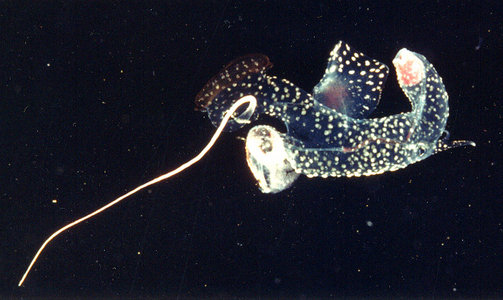
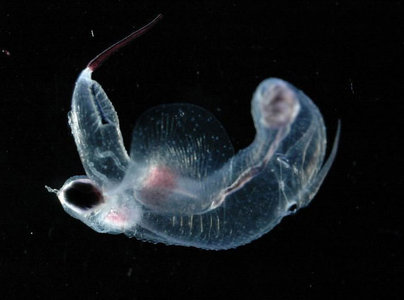
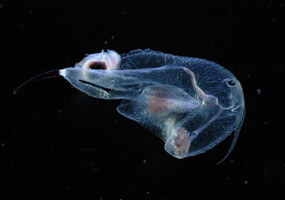
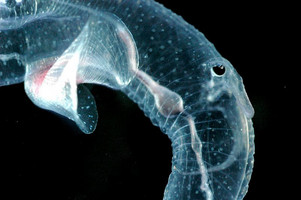
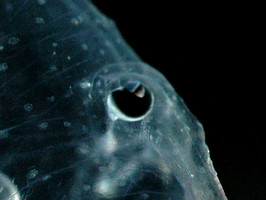
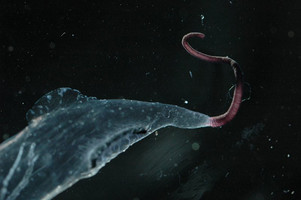
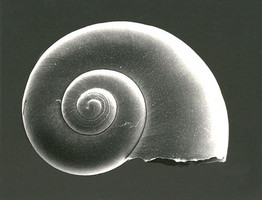
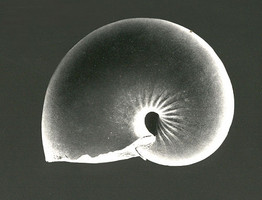
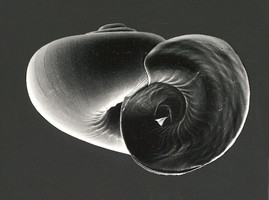
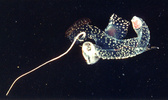
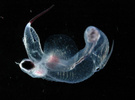


 Go to quick links
Go to quick search
Go to navigation for this section of the ToL site
Go to detailed links for the ToL site
Go to quick links
Go to quick search
Go to navigation for this section of the ToL site
Go to detailed links for the ToL site